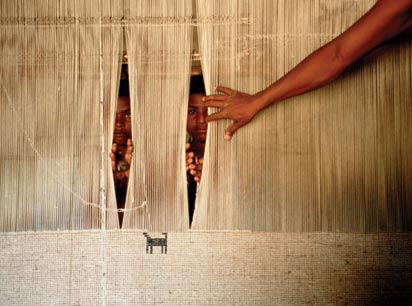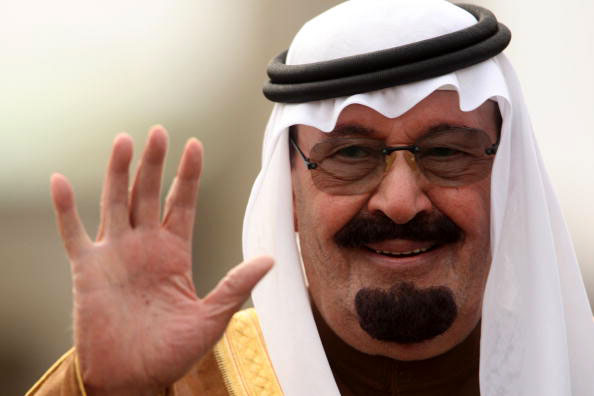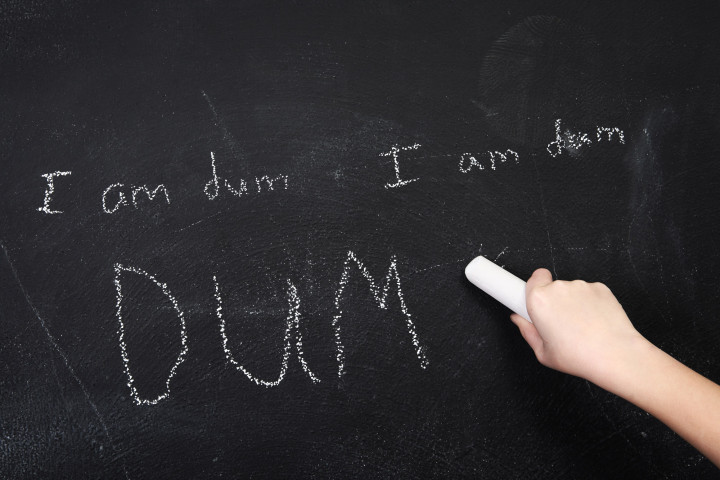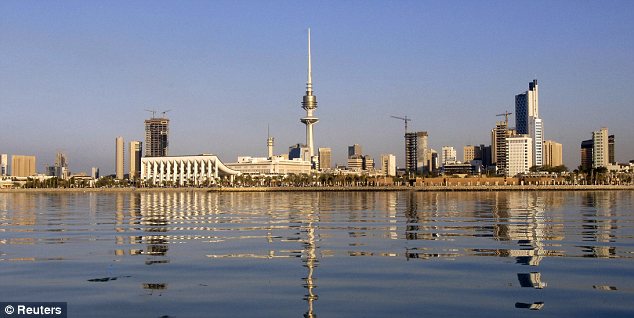
Some 30 million people are enslaved worldwide, trafficked into brothels, forced into manual labor, victims of debt bondage or even born into servitude, a global index on modern slavery showed on Thursday.
Almost half are in India, where slavery ranges from bonded labor in quarries and kilns to commercial sex exploitation, although the scourge exists in all 162 countries surveyed by Walk Free, an Australian-based rights group.
Its estimate of 29.8 million slaves worldwide is higher than other attempts to quantify modern slavery. The International Labour Organisation estimates that almost 21 million people are victims of forced labour.
“Today some people are still being born into hereditary slavery, a staggering but harsh reality, particularly in parts of West Africa and South Asia,” the report said.
“Other victims are captured or kidnapped before being sold or kept for exploitation, whether through marriage, unpaid labour on fishing boats, or as domestic workers. Others are tricked and lured into situations they cannot escape, with false promises of a good job or an education.”
The Global Slavery Index 2013 defines slavery as the possession or control of people to deny freedom and exploit them for profit or sex, usually through violence, coercion or deception. The definition includes indentured servitude, forced marriage and the abduction of children to serve in wars.
According to the index, 10 countries alone account for three quarters of the worlds slaves.
After India, China has the most with 2.9 million, followed by Pakistan 2.1 million, Nigeria 701,000, Ethiopia 651,000, Russia 516,000, Thailand 473,000, Democratic Republic of Congo 462,000, Myanmar 384,000 and Bangladesh 343,000.
The index also ranks nations by prevalence of slavery per head of population. By this measure, Mauritania is worst, with almost 4 percent of its 3.8 million people enslaved. Estimates by other organizations put the level at up to 20 percent.
Chattel slavery is common in Mauritania, meaning that slave status is passed down through generations. “Owners” buy, sell, rent out or give away their slaves as gifts.
After Mauritania, slavery is most prevalent by population in Haiti, where a system of child labour known as “restavek” encourages poor families to send their children to wealthier acquaintances, where many end up exploited and abused.
Pakistan, India, Nepal, Moldova, Benin, Ivory Coast, Gambia and Gabon have the next highest prevalence rates.
At the other end of the scale, Iceland has the lowest estimated prevalence with fewer than 100 slaves.
Thirty million people are slaves, half in India: survey – Yahoo News Canada






